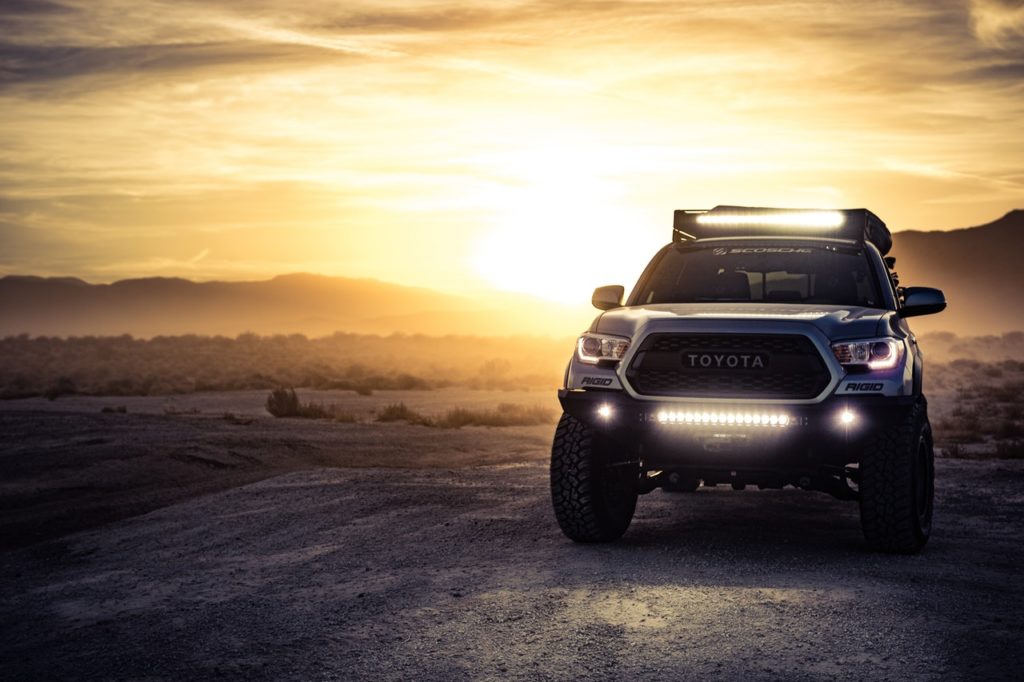Light Emitting Diodes are very small light bulbs that easily fit in electrical circuits. LEDs illuminate light whenever electrons moving in the semiconductor material. They don’t get as hot as incandescent light bulbs, use less energy, and don’t have filaments to burn.
LEDs last longer than incandescent light bulbs and can last long much like standard transistors. These produce more lumens and emit light without generating lots of heat. This is what makes LEDs energy-efficient.
LEDs create more lumens than incandescent. This means its life span surpasses the latter by thousands of hours. Despite the more expensive costs, LED’s incredible energy-efficiency and long life make it a more worthwhile investment compared to incandescent lights.
A Short History of LEDs
1960s
Robert Biard and Gary Pittman were working on a laser diode in Texas Instrument. They accidentally invented an infra-red LED. But then, they found no practical use for this because the infra-red LED is invisible to the human eye.
Nick Holonyak experimented with semiconductor Gallium Arsenide. He was able to invent the first LED that can create visible red lights. Due to this reason, he was named the “Father of LED.”
Various experimentations were made that led to the creation of brighter red LEDs and orange LEDs.
1970s
In 1972, the Monsanto Company became the first company to produce large-scale LED lights for mass consumption. During this time, M. George Craford was able to create an LED that emits a pale yellow light. The company was able to produce LEDs that are 10x brighter than Nick Holonyak’s version.
In the mid-1970s, scientists were able to produce LEDs that can emit pure green light. They start using only Gallium phosphite which creates improved versions of LEDs.
1980s
By the 1980s, LEDs started to gain traction. Scientists are now able to string multiple LEDs in one circuit. This led to brighter and more reliable LEDs. Soon, LEDs are being used in outdoor applications and started replacing neon in lighted signs and fluorescent light bulbs.
1990s
In the early 1990s, scientists wanted to create ultra-bright LEDs in red, orange, yellow, and green. So, they tried using Indium Gallium Aluminum Phosphide. Soon, Shuji Nakamura used Gallium Nitride to invent ultra-bright blue LEDs and Indium Gallium Nitride to produce high-intensity blue and green LEDs.
21st century
We know LEDs as today’s go-to lighting choice. These are a lot energy-efficient than other lighting solutions. Despite the higher upfront costs, many choose LEDs due to their energy-saving and eco-friendly features.
LEDs we have nowadays are brighter compared to the LEDs in the past. Due to the expanded LED technology usage, new programs and standards were produced by the government. We now have industry best practices when producing LEDs and manufacturers are now offering warranties on their LED products.
LED Applications in the 21st Century
These days LEDs are used for illumination and indication. The following are some of the usual uses of LEDs nowadays.
Industrial and Commercial Lighting
LED’s energy-efficiency makes them ideal for various industrial and commercial applications. We can see LEDs being everywhere, from modular and task lighting to street lights. You can even find LEDs being used in other outdoor areas and commercial spaces like large theaters and domes.
Have you heard about the Cosm Experience Center? This LED dome is 20 meters in diameter that is vertically positioned to boost viewers’ experience. It can take you into a new realm thanks to its awe-inspiring LED displays.
You may be familiar with the Colosseum at Caesars Palace. It features an 8K capable LED video wall. This makes us the perfect backdrop for any performer to shine on stage.
Smartphone and TV backlighting
For TVs, manufacturers use LEDs to reduce power consumption. They provide better contrast which improves the overall picture quality. LEDs have been replacing LCDs and CFLs in TV backlighting.
As for smartphones, LEDs ensure longer battery life due to their lower output voltage. The backlight design tends to be thinner. This makes smartphone production cheaper.
Automotives
LED lighting helps improve the safety of both the drivers and the pedestrians. These offer clearer visibility, making a driver safer and more convenient. These are usually used in the rear and back of vehicles for better accessibility.

Holiday Lights
LED holiday lights are most consumer’s go-to choice. These last longer and are a lot safer compared to incandescent since they don’t produce much heat. These are also easier to install and are a lot sturdier as they are made from epoxy lenses.
LEDs are everywhere these days. You can find LED solutions at home, on the streets, in businesses, and even in the biggest establishments worldwide. Now, we have LEDs that can emit ultra-violet “black light. Despite its huge success, LEDs are continuously being improved to boost their life span and energy-efficiency.




